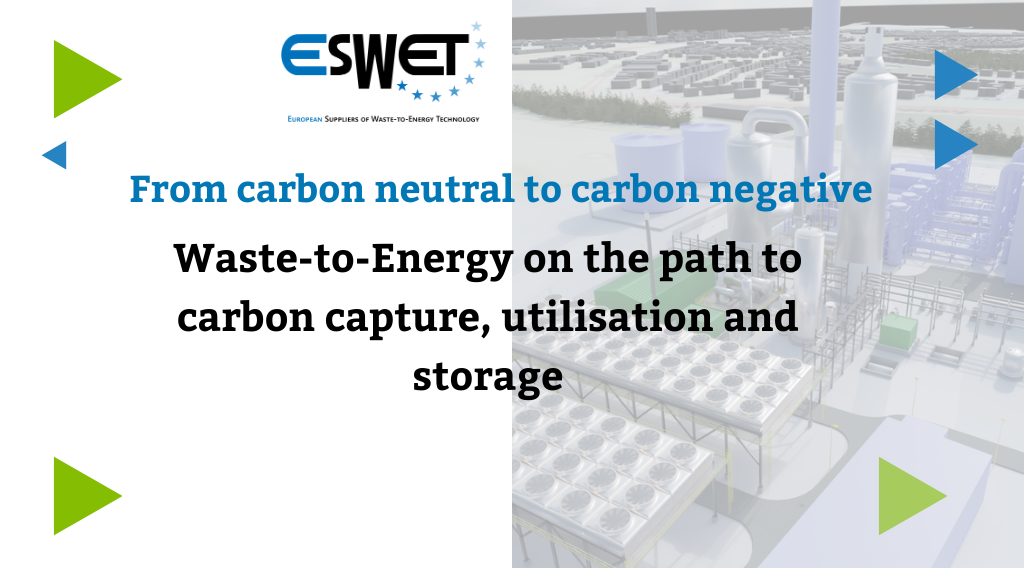ESWET report “From carbon neutral to carbon negative: Waste to Energy on the path to CCUS”

ESWET (European Suppliers of Waste-to-Energy Technology) published the report “From carbon neutral to carbon negative: Waste to Energy on the path to CCUS“.
The report emphasises that, with a view to reducing greenhouse gas (GHG) emissions and achieving carbon neutrality by 2050 (EU Green Deal), absorption and sequestration through the implementation of carbon capture, utilisation and storage (CCUS) technologies are one of the possible strategies.
For hard-to-abate sectors (such as industries), emission capture is the most efficient solution for decarbonisation and, for the Waste-to-Energy (WtE) sector, this may represent the potential to become carbon negative.
The report identifies the available technologies for CO2 capture from waste-to-energy plants (amine-based post-combustion capture, other solvents under development that could help increase the efficiency and reduce the cost of carbon capture), as well as their drawbacks (the capture process requires a considerable amount of energy, which has to be diverted from the energy available for supply to external utilities).
Different methodologies for assessing CO2 emissions (individual monitoring vs. emission factor approach) are also investigated in order to ensure the correct allocation of emission allowances (fossil and biogenic share), as well as the inclusion of WtE installations within the European ETS (Emission Trading Scheme) mechanism.
Finally, the report stresses the need, at EU level, for a robust CO2 removal certification mechanism that enables the development of the entire value chain, including carbon transport, utilisation and storage.
Read more at the following link.
